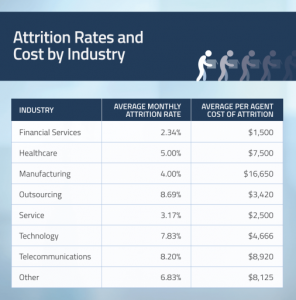— August 5, 2019

Process improvement gets a bad rap. We have visions of a wimpy clerk with glasses, in a beige suit, holding a stopwatch and clipboard, tapping his foot and making “tisk, tisk” sounds as he frowns and shake his head in disapproval.
Yet every business and every endeavor has opportunities for improvement. And in business specifically, small changes can yield big results. Profitability might get a boost, or employee satisfaction increase; customer retention might improve or the business might reap a host of other significant benefits.
So why do we not always embrace process improvement? “If it’s not broken, don’t fix it,” is a common attitude. And in some instances, it is absolutely the right course. But sometimes things are broken or severely disabled, and with rose colored glasses, we look the other way.
Fear is another roadblock to process improvement. We fear creating staff paranoia, rumors and disruption. Sometimes we recognize the need for improvement, but flat out fear change. Decision-makers might endlessly procrastinate, for fear of making a wrong decision.
The Danger of the Status Quo
Yet sometimes not changing and not embracing process improvement is the most risky course of all.
Processes degenerate over time. People discover shortcuts. Some of these are valuable and deserve to be captured and codified, but some are counterproductive and cause rework or long term damage.
The world, your marketplace, competitors and customers are all constantly in flux. Processes which are state of the art today may be totally useless tomorrow. The ability to anticipate and strategize on a timely basis is critical to survival.
Practical Process Improvement
Process improvement can be simple or complex. You might engage in a full analysis with analytics, committees and formal reports, or you might switch immediately to automatic pencils to avoid the need to empty the pencil sharpener. Somewhere between these is a practical and straightforward system which can be adapted to multiple situations.
Here is a 7-step roadmap:
- Pick a process to analyze. Keep it simple and self-contained. What small component is not functioning as well as it could?
- Starting at the beginning of the process, ask every individual involved four key questions:
- What do they get?
- What do they do with it?
- Where does it go next?
- Are they doing anything that doesn’t make sense?
- Build a flow chart from the information and analyze it. Where are the opportunities?
- Identify a potential change. Check with all stakeholders in the process to see if there are any anticipated problems.
- Implement the change. Inform all stakeholders that if the change causes unanticipated problems which cannot be rectified, reverting to the old processes is always an option.
- Monitor the impact of the change. Make adjustments and incorporate, modify or reverse the change as necessary.
- Repeat the process.
Practical process improvement can be an integral and ongoing component of business. Take advantage of the expertise of staff members. The person actually doing the job is the best source for what the job requires and what is not functioning as well as it could. Engage staff in improving processes and create a winning outcome for you, your staff, your customers and your business.
Business & Finance Articles on Business 2 Community
(43)
Report Post



